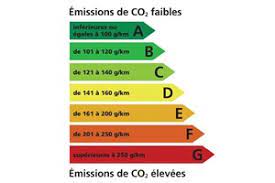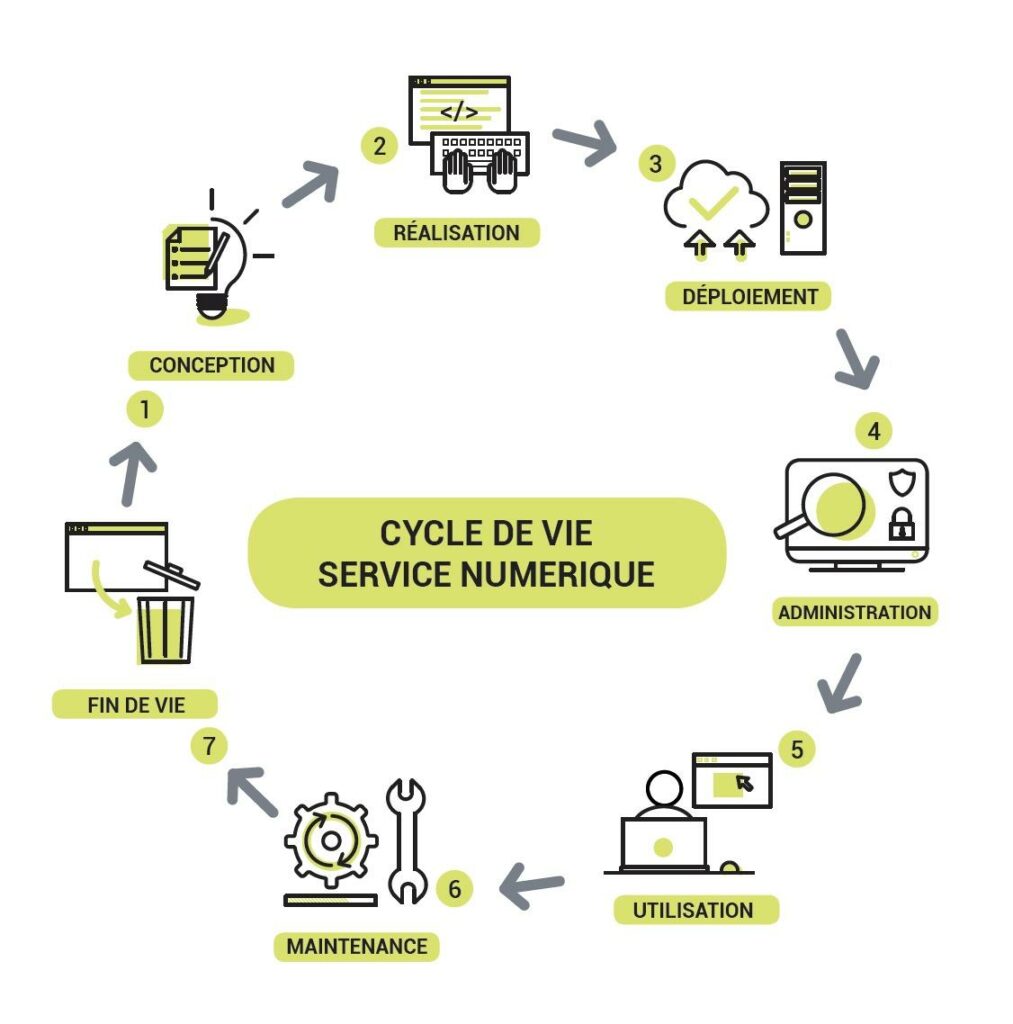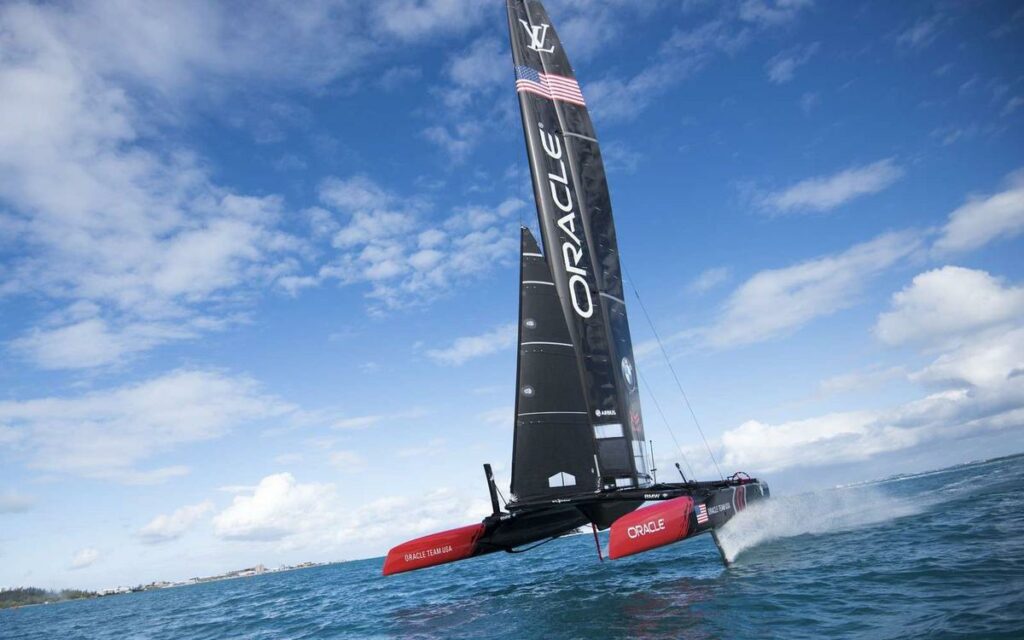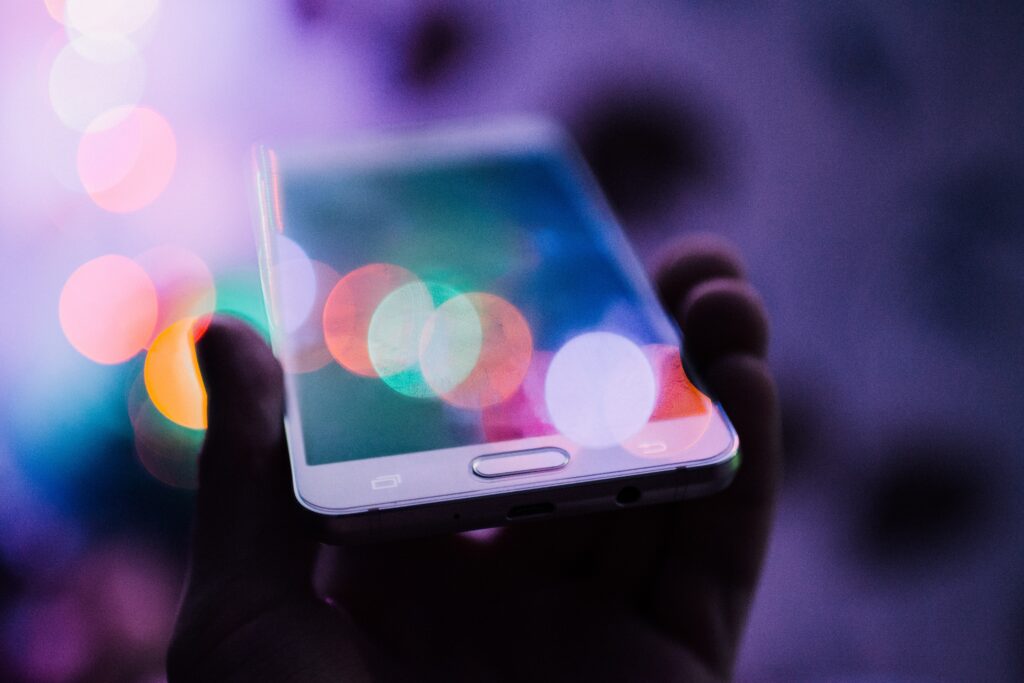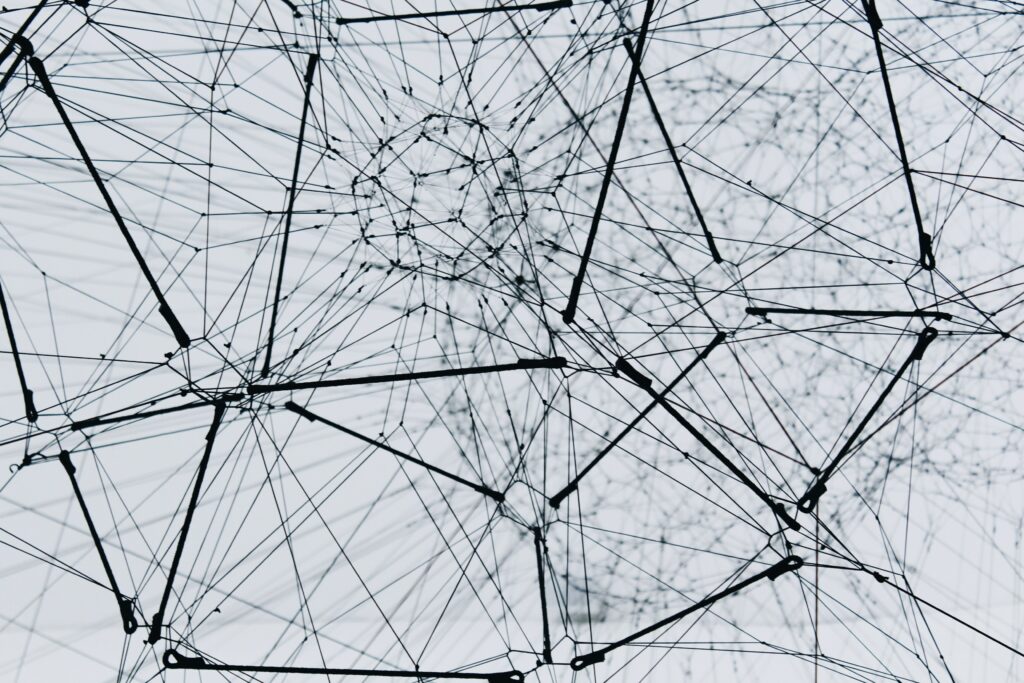High CO2, Information and communication technologies (ICT) are a major contributor to global warming. Even if the new technologies are presented as the solution to reduce digital pollution The life cycle of a computer hardware and software equipment is far from being virtuous at the moment, thanks to innovation and to the evolution of uses (telecommuting, digitization of processes, collaborative work...). It includes the manufacture of terminals, screens, smartphones, etc. (which consume large amounts of natural resources), transport and distribution (which emit large amounts of greenhouse gases), use (which consumes technological resources and energy), and end of life (with a very low percentage of recycling of the various IT equipment).
Taking into account only the impact of production and use, digital technology accounts for between 5 and 7 % of global GHG emissions. Internet infrastructures (data centers, networks and user terminals) account for about 4 % of global energy consumption, and are expected to double by 2025. In terms of usage, electricity needs are also related to the IT applications hosted by servers and endpoints. According to a 2018 WWF study, the environmental impact of the client environment is also important, with software that solicits processors and memory management, network management, and that conditions storage space, knowing that each resource use induces power consumption. Depending on the nature of the equipment (user terminal or server), the studies carried out have identified the applications that consume the most.
The most consuming applications on mobiles
The power consumption of apps installed on Android or IOS phones has a measurable impact on battery life and how long they can be used between charges. According to a study conducted by Greenspector and Atos in 2019, the applications that consume the most data and energy are first of all internet browsers and social networks, with Tik Tok, Twitter, Opera Mini, Firefox, Google... GPS left active in the background also consumes a lot of energy due to the generated streams and the updating of data in real time.
The Greenspector and Atos study also points to video conferencing applications (Imo, Skype...) and online messaging applications such as Messenger (Facebook) or Message (Google) as being highly energy consuming. Multimedia applications such as Office 365 and management applications and email clients such as Microsoft Outlook or Gmail also consume a lot of energy.
Applications that consume the most on desktop computers
The energy consumption of a fixed station is not the same as that of a mobile terminal, but the fact remains that its use has an ecological footprint linked to its use and its applications. In terms of software, professional social networks, video conferencing tools (Discord, Zoom and Microsoft Teams), email clients (Microsoft Outlook, Gmail) and multimedia office and management solutions are very energy-intensive.
Presented as a vector of energy savings, SaaS solutions are much less so when you consider all the links in the chain that are essential to their proper functioning. For example, the Office 365 office solution (including Word, Excel, PowerPoint, Outlook, etc. and the online services OneDrive Exchange Online, SharePoint Online, etc.) requires an Internet connection to use all its collaborative services. Even if it is possible to use the Word, Excel... applications offline, the principle of this SaaS solution is to be connected to the Internet to access all services (updates, security, storage, sharing...). This technology involves all the levels of the digital chain connected from the client workstation, the data and telecom networks and the datacenters that host the servers and the data storage bays.
Server and workstation operating systems should also be looked at closely since, depending on the version of the environment used, there may be an overconsumption of energy in the opening phases (activation of all processes and features, checking that they are working properly with the connected devices...) and in the operating phases. Studies conducted by GreenIT show, for example, that Windows 10 associated with the Office 2019 package needs 171 times more resources than the Windows 98 and Office 97 pair.
Solutions to reduce the energy consumption of your digital terminals
Adopt a more eco-responsible strategy based on digital sobriety, by reducing the ecological footprint of the infrastructures deployed in your company and by equipping the various terminals withapplications that consume less, can contribute to the decrease of ICT energy consumption. As we have seen, connected applications such as Office 365 consume the most energy. By using second-hand on premise applications, you keep control of the energy consumption of your client workstations and limit their consumption to the local use that is made of them. You also avoid the regular updates from software publishers that force you to upgrade your infrastructures when they do not provide any functional gains in relation to your users' needs.
Building on the previous example, you will reduce the power consumption of digital in your company by purchasing Windows 98, the Office 97 office package and any other on premise production application for your employees. In addition to used licenses that allow you to extend the life of applications, you have other levers to limit the impact of applications that consumeWe have also been working on the generalization of good practices in e-mail management, the volume of data saved...
By connecting to the Softcorner platform, you can find the applications that consume less and buy used licenses thanks to intelligent search tools. They will allow you to be both eco-responsible and efficient while participating in a circular economy.

